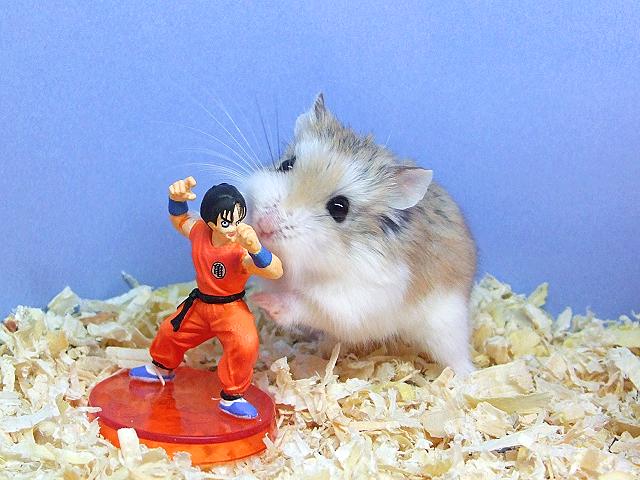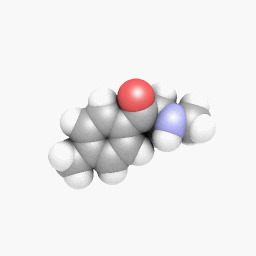ALSO KNOWN as the Asian giant hornet Vespa mandarinia, these are the largest wasps on earth:

A fully-grown worker is 2 inches or 5cm long. That's the size (or at least length) of a roborovski hamster like Spherical!

This isn't Spherical but a "roborowski" hamster from Germany shown for comparative scale:

As well as cartoon terrordrome faces these wasps are among the most aggressive in the world. They are known for systematically attacking domestic beehives. 100 hornets can kill 20,000 honeybees in an hour, ripping their heads off with their powerful jaws:
As you can see, they are far bigger than honeybees. In fact the bees' only defence is to mob the hornets in large clumps. These cause the wasps' armour-like bodies to overheat, and this kills them:

Japanese hornets' stingers are said to be half an inch or 1.25cm long and is a "modified ovopositor" (egg-laying device). Venom from these huge wasps contains an enzyme powerful enough to dissolve human flesh. The stinger seen here belongs to an ordinary garden wasp, what the Americans call a "yellowjacket":

Unlike wasps or "yellowjackets" who live on caterpillars and insects through early summer then go sugar-crazy in early autumn, these giant hornets feed exclusively on caterpillars, bee grubs and grown insects great and small (including preying mantis). Unable to digest these themselves, the adults feed these to the hornet babies who possess a digestive enzyme that breaks down the food ~ which they feed mouth-to-mouth back to their older aunties, the worker hornets.

Giant Asian hornets live in underground colonies weighing half a tonne or more (far too heavy to hang down from a tree!) The workers can fly thirty miles (fifty kilometres) without a break. Every year in Japan seventy people die from their stings, usually by blundering into these mega-hornet-cities utterly unawares. Worldwide, wasps kill more people per year than all poisonous snakes combined.



































